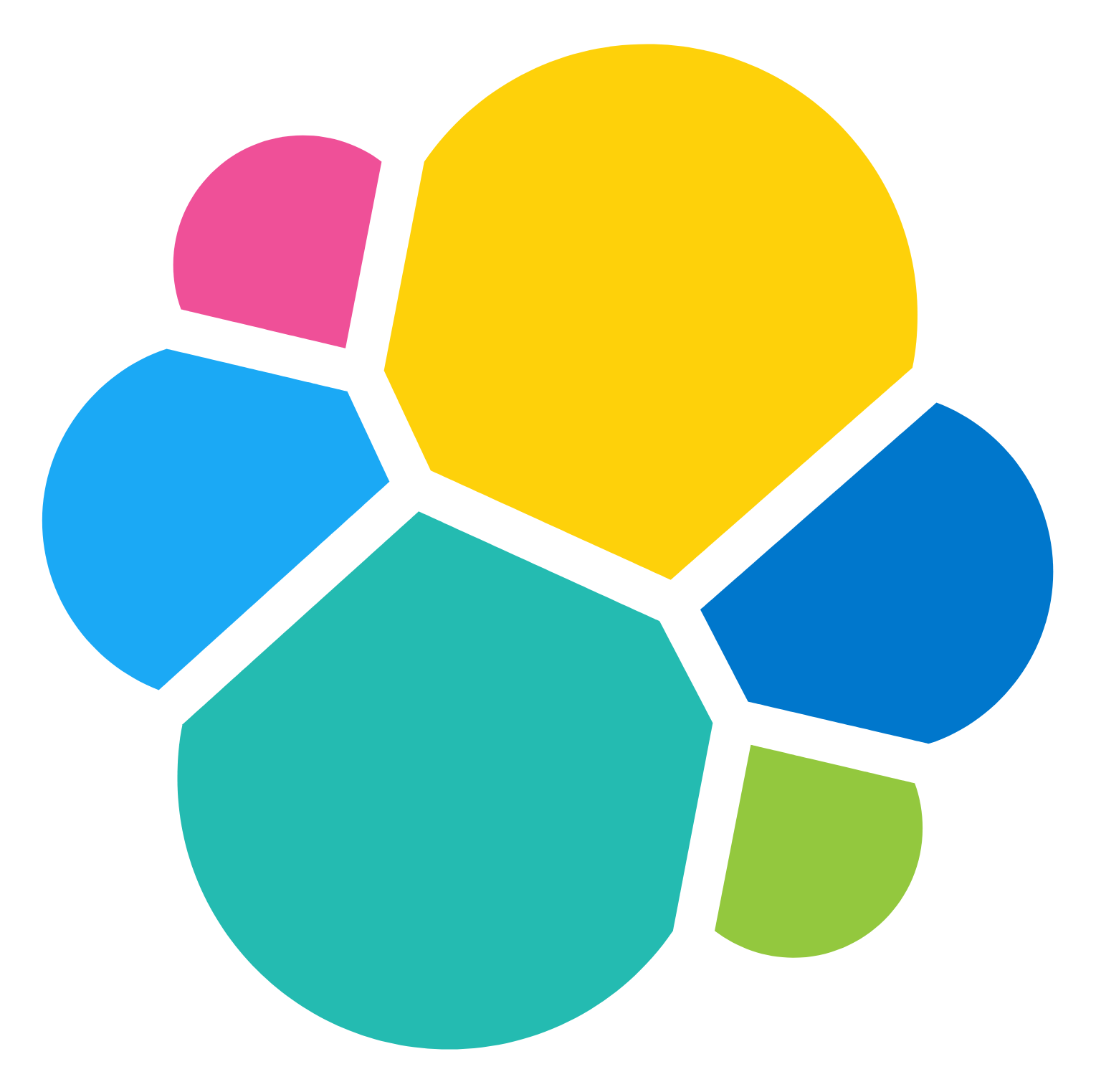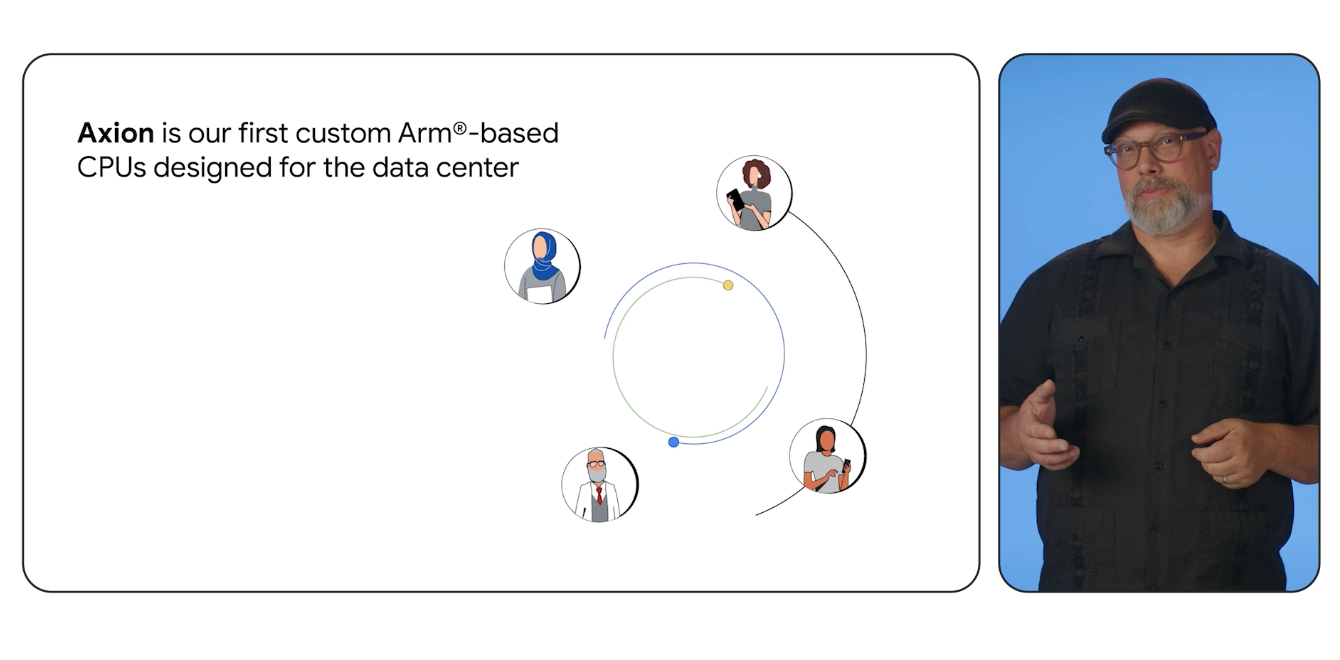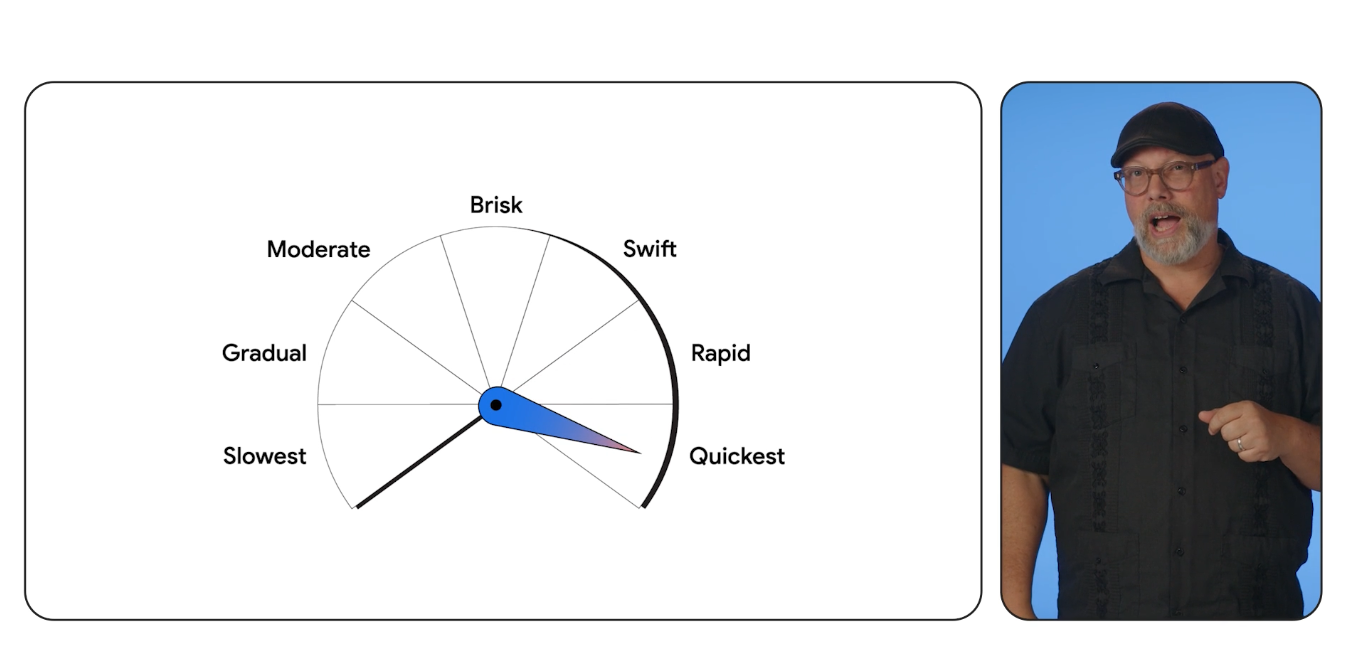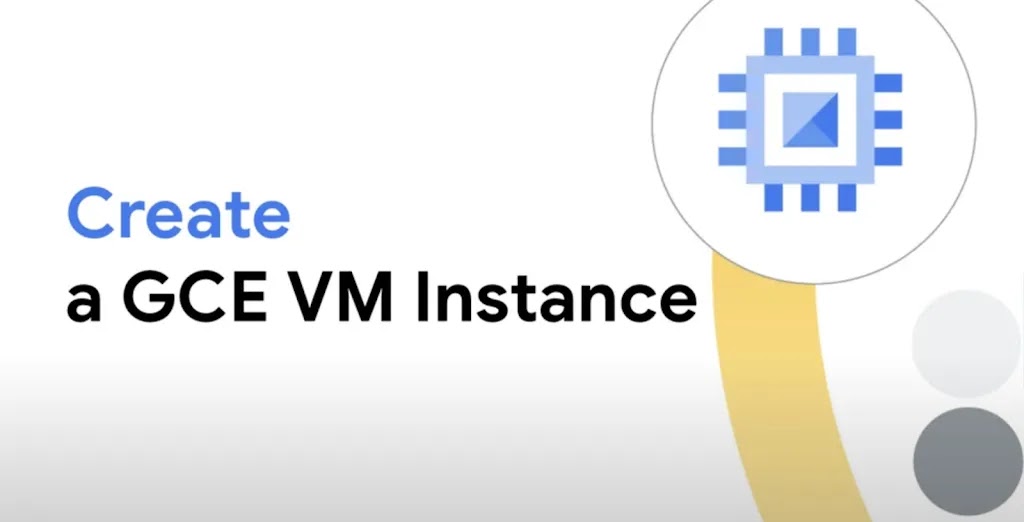Google Axion 处理器
在不增加标准工作负载成本的情况下提升性能
Google Axion 处理器与 Google Cloud AI 优化的基础设施相结合,可为您的通用工作负载和专用工作负载提供卓越的性能、成本效益和能效。
概览
为什么要使用 Axion 处理器?
Axion 是基于 Arm 的一系列自定义处理器,适用于通用计算。在它的加持下,C4A 实例系列与云中提供的基于 ARM 的最新实例相比,单 vCPU 性能至多可高出 10%。Google 有着丰富的定制芯片产品,包括用于 AI 的张量处理单元、用于 YouTube 的视频编码单元和用于 Pixel 设备的 Tensor 芯片等,而 Axion 处理器是其中的最新创新成果。这些芯片可显著提高全球企业和消费者所使用的资源密集型应用的性能和效率。
经济实惠
对于 Java 和 MySQL 等各种通用工作负载,与 Google Cloud 上提供的其他实例相比,其性价比至多可高出 65%。您还可以将 C4A 与 Cloud SQL 和 AlloyDB for PostgreSQL 托管式数据库搭配使用(此功能目前为预览版),为数据库工作负载提供显著的性价比优势。
能源效率高
Google Cloud 数据中心的效率是行业平均水平的 1.5 倍。与 Google Cloud 上的其他 CPU 相比,Axion 可进一步降低消耗,最多可节省 60% 的能耗。
自主选择,灵活方便
一直以来,Google 都是开源领域的领导者。在构建 Axion 之前,我们共同制定了开放软件和固件标准,旨在确保基于 ARM 的应用可在任何参与计划的云上顺畅运行,而且通常不需要更改任何代码,因此您可以灵活地在广泛支持合作伙伴和开源软件的任何位置构建和运行应用。
Google Cloud 客户可以在 Google Compute Engine、Google Kubernetes Engine、Dataproc、Cloud Batch、Cloud SQL 和 AlloyDB for PostgreSQL 中使用 Axion,并且即将支持更多产品。
基于 Titanium
Titanium 是每个 Axion 实例的基础,该系统由专用微控制器和分层横向扩容分流组成,可提高基础设施性能、生命周期管理和安全性。
由 Axion 处理器提供支持的实例
| Google Axion 处理器 | 工作负载 | 形状 |
|---|---|---|
C4A |
| 高达 72 个 vCPU、576 GB RAM 和 100 Gbps 网络。 配置:
|
N4A(预览版) |
| 最高规格为 64 个 vCPU、512 GB RAM 和 50 Gbps 网络。 配置:
|
如需了解详情,请参阅 Axion 文档
C4A
- Web 服务器和应用服务器(高流量)
- 广告服务器
- 游戏服务器
- 数据分析
- 数据库(任何大小)
- 内存缓存
- 媒体流式传输和转码
- 基于 CPU 的 AI/机器学习
- 网络设备
- 适用于云工作负载的处理器
高达 72 个 vCPU、576 GB RAM 和 100 Gbps 网络。
配置:
- 标准:1:4 vCPU 与内存
- 高内存:1:8 vCPU 与内存
- 高 CPU:1:2 vCPU 与内存
- 标准配置和高内存配置还提供 Titanium SSD 选项,本地存储容量高达 6 TB
N4A(预览版)
- 横向扩容 Web 服务器和微服务
- 后端应用服务器
- 容器化应用 (GKE)
- 可横向扩缩的无状态 GKE 工作负载
- GKE 上的 CI/CD 流水线和容器化构建代理
- GKE 上经济高效的开发、测试和预演环境
- 中型数据库和开源数据库
- 批处理和数据分析
最高规格为 64 个 vCPU、512 GB RAM 和 50 Gbps 网络。
配置:
- 标准:vCPU 与内存比例为 1:4
- 高内存:vCPU 与内存比例为 1:8
- 高 CPU:vCPU 与内存比例为 1:2
- 您还可以使用自定义机器类型来调整 vCPU 和内存的大小
- 支持 Hyperdisk 存储选项
如需了解详情,请参阅 Axion 文档
常见用途
创建您的第一个虚拟机
构建多架构 CI/CD 流水线
教程
通过创建多架构流水线,您可以更灵活、更快速、更高效地跨多个平台构建应用。
不妨按照此 Arm“学习路线”,完成以下目标:
- 创建基于 Axion 的 GitLab 自托管运行程序
- 构建支持多架构的 CI/CD 流水线
- 了解使用原生 GitLab 运行程序构建多架构 Docker 映像的最佳实践
- 使用示例代码构建和测试多架构应用
方法指南
教程
通过创建多架构流水线,您可以更灵活、更快速、更高效地跨多个平台构建应用。
不妨按照此 Arm“学习路线”,完成以下目标:
- 创建基于 Axion 的 GitLab 自托管运行程序
- 构建支持多架构的 CI/CD 流水线
- 了解使用原生 GitLab 运行程序构建多架构 Docker 映像的最佳实践
- 使用示例代码构建和测试多架构应用
在 GKE 上构建多架构应用
教程
更多 GKE 文档和指南
- 了解在 GKE 上运行 Arm 工作负载的基础知识,或如何创建具有 Arm 节点的集群和节点池。
- 默认情况下,GKE 会将工作负载调度到基于 x86 的节点。了解如何将工作负载部署到 Arm 节点。
- 了解如何配置 GKE Autopilot 部署以请求由 Arm 架构支持的节点。
方法指南
其他资源
更多 GKE 文档和指南
- 了解在 GKE 上运行 Arm 工作负载的基础知识,或如何创建具有 Arm 节点的集群和节点池。
- 默认情况下,GKE 会将工作负载调度到基于 x86 的节点。了解如何将工作负载部署到 Arm 节点。
- 了解如何配置 GKE Autopilot 部署以请求由 Arm 架构支持的节点。
运行经济高效的数据库操作
价格
| Axion 定价方式 | Google Axion 处理器价格因您对性能、存储、网络和位置等的要求而异。 | |
|---|---|---|
| 服务 | 说明 | 价格 (USD) |
开始免费试用 | 免费 | |
C4A | 起价 $0.03787 (c4a-highcpu) | |
折扣:承诺使用 提前承诺达到某个最低支出,获享折扣价格。 | 最高可节省 55% | |
折扣:Spot 虚拟机 使用过剩的 Compute Engine 容量运行容错作业时,价格更低。 | 最高可节省 91% | |
存储 | 起价 $0.048 每月每 GB | |
这是速度最快的 Compute Engine 永久性磁盘存储空间,具有可配置的性能和可动态调整大小的卷。 | 起价 $0.125 每月每 GB | |
以物理方式挂接到托管虚拟机的服务器。 | 起价 $0.08 每月每 GB | |
网络 | 免费 入站传输始终免费。出站传输每月最多 200 GB。 | |
利用 Google 的优质骨干网络向外部用户输送和接收流量。 | 起价 $0.08 每月每 GB,出站数据传输。入站传输仍然是免费的。 | |
Axion 定价方式
Google Axion 处理器价格因您对性能、存储、网络和位置等的要求而异。
C4A
Starting at
$0.03787
(c4a-highcpu)
存储
Starting at
$0.048
每月每 GB
业务用例
客户对 Axion 的性价比非常满意,至多可比当前一代 x86 实例高出 65%。

Databricks 提供统一的协作式数据和 AI 平台。
- Abhishek Rai,Databricks 高级工程总监
Databricks 提供基于 Databricks 数据湖仓一体架构构建的统一协作式数据和 AI 平台。通过采用基于 Google Axion 的 C4A 虚拟机,我们在数据智能平台上的数据仓储和 AI 工作负载获得了比上一代虚拟机高 40% 的效率提升。使用 Databricks 的客户现在就可以在 Google Cloud 上体验 Google Axion 的更强性能了!”
相关内容

基于 Google Axion 的 C4A 虚拟机搭配 Titanium SSD 时,索引吞吐量至多可比上一代虚拟机高 40%。
- Uri Cohen,Elastic 产品管理副总裁

[使用 Axion 后] 变化是惊人的,性能提升至原来的 250%,用户体验得到了明显改善,计算成本降低了 40%。
- Dave Zolotusky,Spotify 首席工程师

ClickHouse 可提供极快的实时分析,让用户能够从海量数据集中立即获得数据洞见。在我们的基准测试中,在 Google Cloud C4A 虚拟机上运行的 ClickHouse 可为要求苛刻的分析工作负载实现 40% 的效率。
- ClickHouse 产品管理高级总监 Krithika Balagurunathan
Axion 处理器提供安全性、高效率和有竞争力的性价比
越来越多的 Compute Engine 重要客户(包括 Spotify)已经在使用 Axion 来为其最重要的应用提供支持。
对于事务性工作负载,AlloyDB 和 Cloud SQL 在 C4A 实例上运行时,可提供比 Compute Engine N 系列机器高近 50% 的性价比。
在 C4A 虚拟机上运行机器学习推理工作负载,可让客户获得出色的性能、性价比和可伸缩性。














